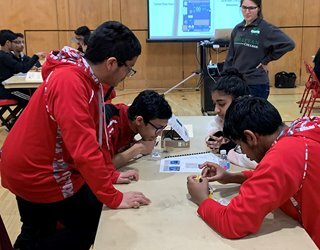
STEM Learning Beyond the Classroom
March 10, 2020When the world is facing grand challenges of health, food, energy, and water, companies worldwide need engineers who can work collaboratively and solve problems. This is why introducing young students to STEM-related careers is critical as the demand for engineers in the future continues to grow.
The Design Day Challenge, held recently at the Edison High School STEM Academy, N.J., was aimed at instilling those problem-solving and critical thinking skills that students, who want to pursue engineering careers, will need when they are ready for the workforce.
“The idea of collaboration, that all the engineering problems you work on, very rarely could you solve a problem on your own—that’s a big part of this challenge,” said Kristine Budill, a math teacher and director of architecture, engineering, and design program at the School of the Holy Child. Budill was at EHS representing Engineering Tomorrow, a nonprofit organization developed by engineers to increase the number of high school students who pursue engineering degrees.
“By connecting the math and science students are learning in the classroom to real-world problems, we are hoping to make engineering an exciting discipline,” said Budill, who studied electrical engineering at MIT and has extensive experience in the industry.
Engineering Tomorrow is working with high schools to engage kids in STEM activities via its labs focused on breakout experiments in topics such as wind and solar energy, water desalination, and 3D printing. “The general idea is to give them maximum exposure to various types of engineering, so they get to see the range of what they can do and maybe even start to zone in on which discipline they find more interesting than other,” Budill said.
Further Reading: 5 Young Inventors Aim to Change the World
The lab conducted on Design Day at EHS STEM focused on machine learning and embedded systems. In teams of four, students worked over the course of half a day to build circuits and develop a model of a catapult using machine learning.
Fostering Future Engineers
Kevin Kerins, who teaches the Engineering Innovation class at EHS STEM Academy, understands the importance of hands-on learning and finding the right balance between conceptual instruction and application. Kerins got engaged in the curriculum when the administration decided to launch the academy eight years ago with a goal to offer a STEM program to higher-level students.
“A lot of our design challenges and projects have an almost Shark Tank-style presentation pieces to it, where they have to sell their ideas and pitches of their design solutions and prototypes before they work on them,” he added. “They get out of traditional classes, work in teams and co-mingle by grade and gender, and have fun together.”
Kerins highlighted that the STEM curriculum is modeled after what the college experience is. “In the freshman year, the students get a taste of all engineering disciplines and basic engineering principles. As sophomores, they learn 3D graphics and design and in the junior year they pursue robotics and electrical engineering as well as begin their Capstone proposal. In the senior year, they work throughout the year on the Capstone design challenge, in which they have to design a prototype, secure funding, find mentors, and dive into a field of engineering of their choice,” he said.
Developing Career Skills
Increased access to STEM classes has significant benefits, said Aastha Adroja, a senior at EHS STEM. “Experiencing different types of engineering gave me exposure to the field. It’s helpful in terms of working with each other and using the skills we learned in class in a hands-on project. You can go to college with a more focused mindset after the STEM school.”
Related Infographic: How Well Does an Engineering Major Pay?
According to another senior at EHS, Shruti Garg, who wants to study computer engineering in college, the STEM Academy helped her narrow down the discipline of her choice. “We do projects together, have design challenges like these through the four years, and also attend events outside of school that helped me decide the path I want to pursue,” she said.
Tenth-grader Ali Ahmed, who enjoyed testing the angles for the catapult his team had built, said that the program is a good mix of academic rigor and practical experience and is exposing him to career possibilities.
According to many experienced engineers it is the early exposure at school which attracted them to their careers. Other New Jersey schools including the Middlesex Academy for SMET, the High Technology High School, and Bergen County Academies are also fostering future engineers with their STEM-focused programs.
Jennifer Fisher, a supervisor of 21st Century Skills for Edison Township Public Schools and a strong proponent of STEM education, especially for girls and minorities, believes hands-on learning is key to building future engineers. “The skills these students will need tomorrow is everything we are seeing here today. They are no longer just sitting behind the desk but are exposed to authentic learning experiences, where these skills will be transferred outside of the classroom and get them excited about careers in STEM.”




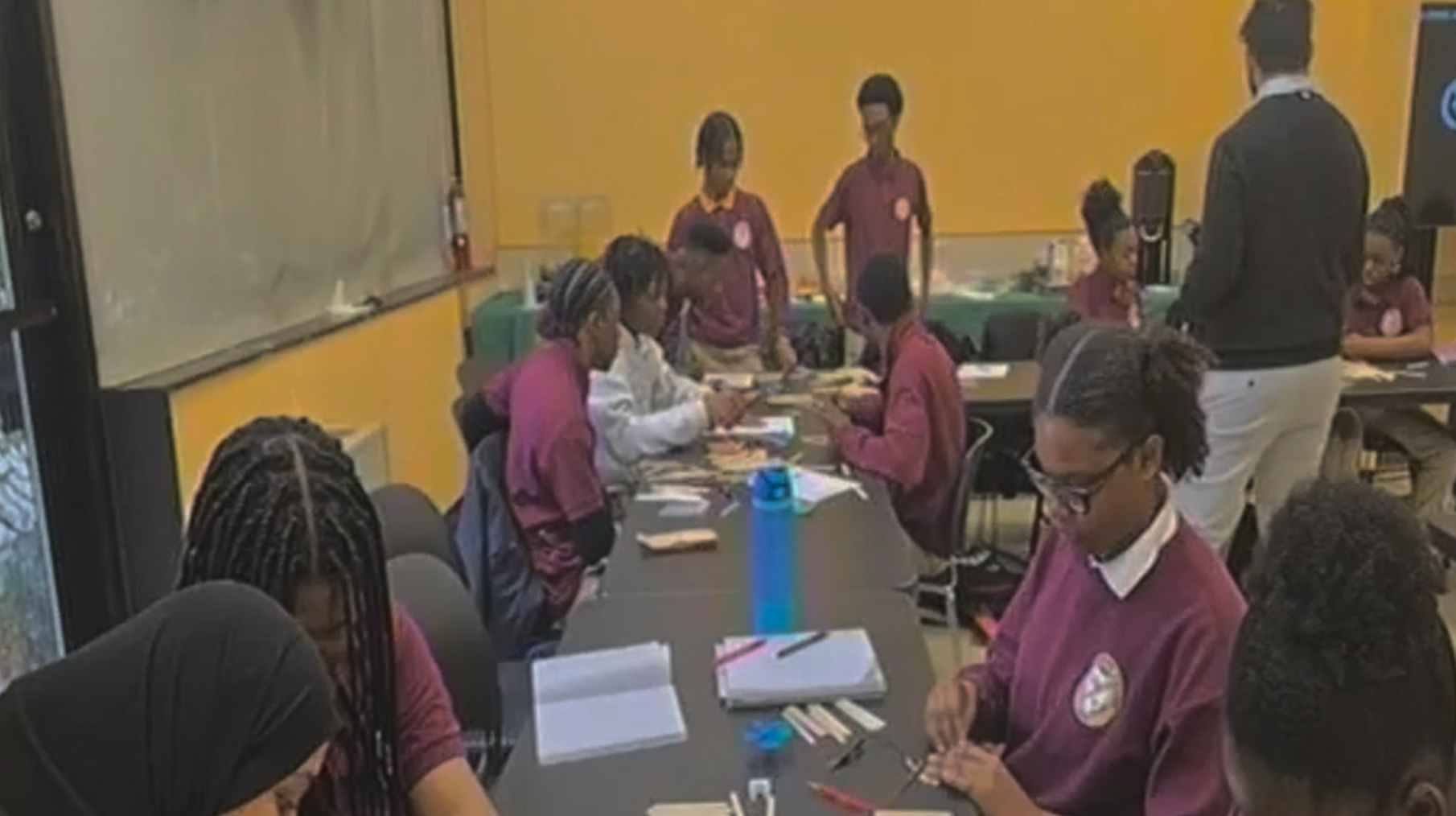
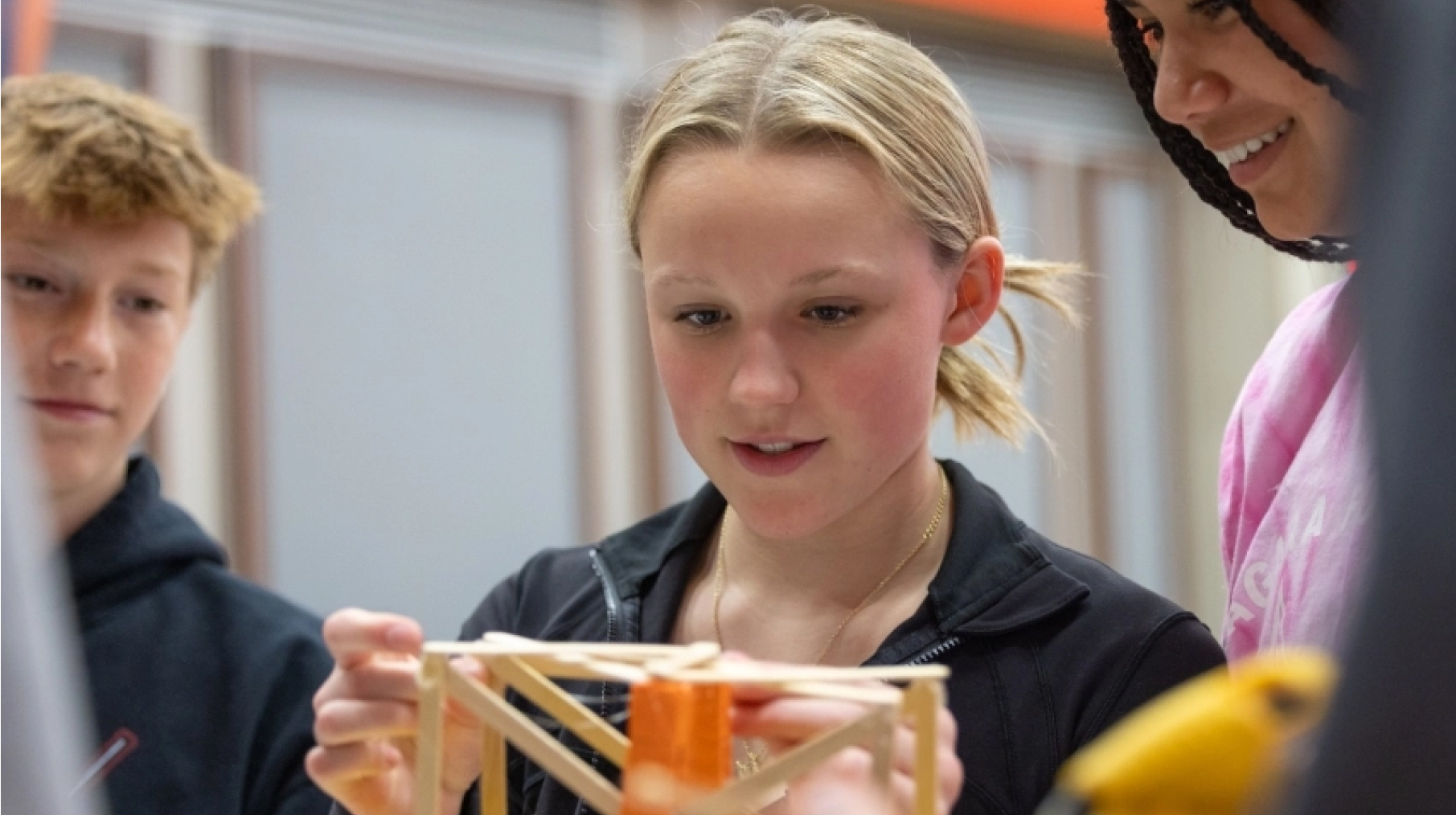
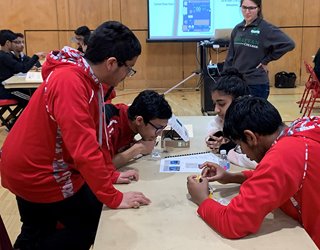 EHS STEM Academy students worked in teams of four to build circuits and conduct experiments. Photo: Chitra Sethi[/caption]
EHS STEM Academy students worked in teams of four to build circuits and conduct experiments. Photo: Chitra Sethi[/caption]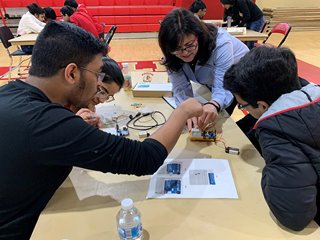 Kristine Budill, representing Engineering Tomorrow, guiding the students during the embedded systems lab. Photo: Chitra Sethi[/caption]
Kristine Budill, representing Engineering Tomorrow, guiding the students during the embedded systems lab. Photo: Chitra Sethi[/caption]